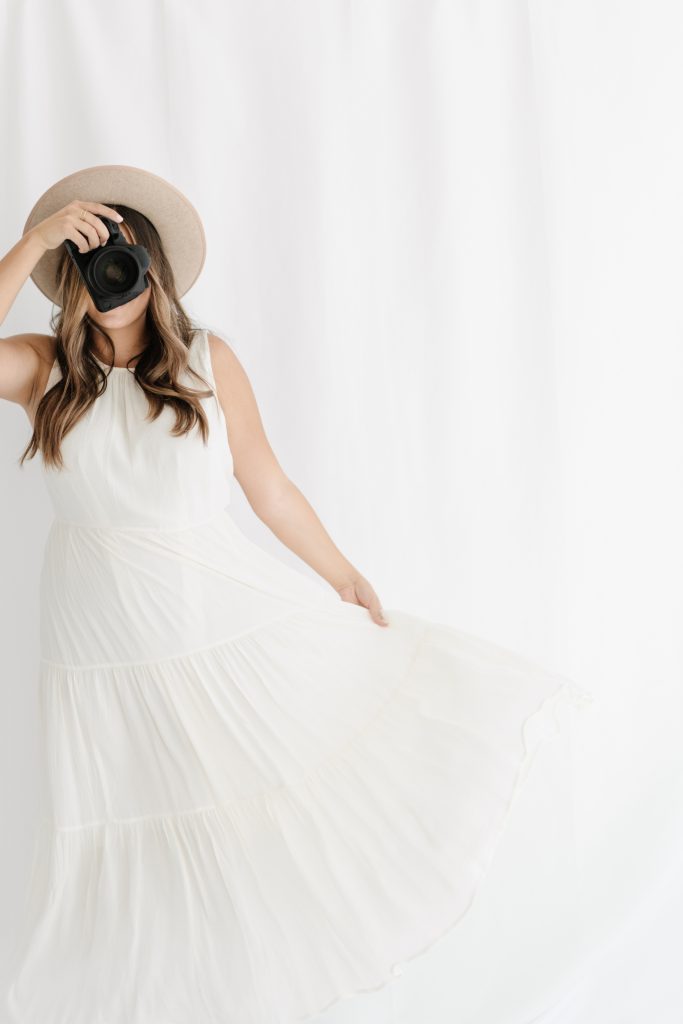
How Thinking Like a Graphic Designer Will Make You a Better Photographer
Table of Contents
ToggleSharing is caring!
Reading Time: 4 minutesOff the top of your head, you might not think that photographers could have much to learn from graphic designers. After all, they’re completely different creative mediums, right?
While it may be true that these two artistic modalities require completely different training methods and hard skills, the essence of both remains surprisingly similar. As with any visual creative medium, it’s about creating an image that conveys a clear message or tone.
Both graphic designers and photographers have to meticulously consider color, composition, frame, and balance to produce satisfying work.
If you’re a photographer, learning some of the basic skills or methodologies behind graphic design can help you create images that are more effective and compositionally sound.
If this sounds like something you need to know about, stay tuned…
We’re going to look at some other overlapping aspects of these two creative professions and how they can bring benefits.

Photography And Graphic Design Can Learn From Each Other—Here’s How
The arts of photography and graphic design produce significantly different results. But they share more than a few surprising similarities.
From the process of conceptualization to fostering industry connections, photographers can adopt many of the practices used by graphic designers to provide a broadened perspective on their work. Not only that, but photographers often end up working hand-in-hand with graphic designers on bigger projects.
Picking up some of the habits, stances, and techniques used by professional graphic designers can elevate photographers’ understanding of how to approach their practice.
Here’s a list of some of the major overlapping themes between these two professions and what makes them relevant to photographers from a graphic design perspective.
The creative process
Every creative professional has their own way of going about the creative process. For you, it could be more vision-based, with lots of mood boards or Pinterest scrolling. Or it could be more structured, with research-based internet trawling and book references.
Generally speaking, photographic creative processes tend to be more visually centered. The same could be said about painters and illustrators. Graphic designers, on the other hand, are known for their more structured creative processing methods (data collection, research, framework, etc.).
If you’re a photographer who needs a bit of help in the organizational direction, adopting the strategic approach could help bring further clarity and substance to your work.
Technical skills
The hard skills required in photography versus graphic design are distinctly different. Photography demands camera knowledge, compositional values, and a deep understanding of light. Graphic design, on the other hand, necessitates expertise in typography, Adobe’s Creative Suite (or similar programs), and even some coding.
However, although the technical skills needed by a graphic designer might be very different from those of a photographer, having basic knowledge in these areas can elevate your work. For instance, mastering applications like Photoshop or InDesign not only allows you to produce images that align closely with your creative visions but also helps you save time with a photo size editor, streamlining your workflow to achieve more in less time.
Communicating an idea or message
Graphic designers communicate and interact with clients on a daily, sometimes hourly basis. They’re often involved in everything from discussing the initial brief to filling in an invoice template and accounting for the hours spent on the project.
In contrast, photographers tend to operate as lone wolves. They receive a brief, take photos and then supply the final result and invoice to the client with little to no communication in between. Learning how to connect with clients in a way that’s altogether professional, effective, and fair is a skill every creative should take on board.
Client communication is an area that graphic designers get a lot more experience in because they’re often operating in teams or under an agency. However, collaborative skills are essential for just about any creative professional in this world.
So, why not give yourself the opportunity?
That ability to confront differences, make requested changes, and ultimately deliver a result that the client is happy with is something that photographers need if they’re going to find success on their own.
Personal branding
These days, no one gets very far without a strong branding game. Whether you’re a plumber or a photographer, without a comprehensive brand, you’ll likely get drowned out by the competition.
Graphic design is one of the few creative spheres that really allows for strong branding strategies and techniques to be practiced. If you’re a solo photographer, knowing how to assimilate a solid brand identity that attracts the kind of clients you want is critical for your professional success.
Like most artists, photographers have a tendency to fixate on the appearance of an image over anything else. However, other important functions and tools are needed to help that image reach the right audience and deliver an accurate impression of your skillset.
Part of the art of graphic design is in the whittling down of details and adding only what’s needed. There is an emphasis on essential aesthetics as opposed to those only there for artistic license.
Photographers, take a page out of the graphic design book and remember to go beyond “looking good” and into the semantics of why something is there. Then, decide if it’s necessary to get your message across.
Venturing outside your comfort zone
When it comes down to it, all creatives can benefit from putting themselves outside of their comfort zone. Even if you aren’t interested in graphic design as an art, it may surprise you to find how many techniques, skills, and useful perspectives you can pick up along the way.
When you restrict yourself to just one medium, you limit your ability to grow. By learning some of the fundamental components of great graphic design, your photographic portfolio will not only expand, but it can also take your career in a whole new direction.
Broaden Your Thinking For The Best Results
No matter what creative discipline you work within, seeking to broaden your horizons and grow your business by immersing yourself in different professions is always a good idea. Sometimes it can be hard to look beyond what you know. But the result is always worth it.
Graphic design represents a level of technicality, functionality, and aesthetic balance that photographers can miss if they become too fixated on their craft.
By thinking more like a graphic designer, photographers everywhere can benefit from a more rounded artistic and professional awareness.
Most Popular Posts:
Sharing is caring!


[…] the kitchen sink at it. There are things that will make a massive difference, for example, when you use photography and make upgrades to the quality of the images, but as with any website, if you put too much […]